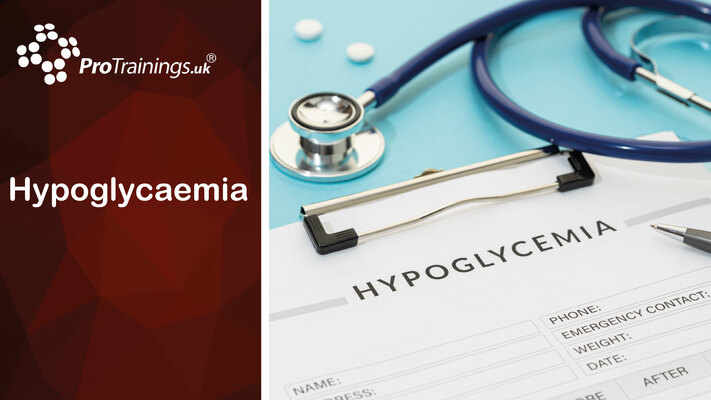Unlock This Video Now for FREE
This video is normally available to paying customers.
You may unlock this video for FREE. Enter your email address for instant access AND to receive ongoing updates and special discounts related to this topic.
Understanding Diabetic Ketoacidosis: Causes, Symptoms, and Treatment
What is Diabetic Ketoacidosis?
Diabetic ketoacidosis (DKA) is a serious condition that occurs when blood glucose levels remain consistently high. The primary cause is insufficient glucose entering the body’s cells for respiration, prompting the body to use free fatty acids for energy instead.
Causes and Mechanism
When glucose is respired, it produces carbon dioxide and water. However, when free fatty acids are respired, they produce ketones, which are slightly acidic. These ketones lower the blood's pH, making it more acidic, leading to ketoacidosis. The term can be broken down as follows:
- Diabetic – Caused by diabetes
- Keto- – Involving ketones
- Acidosis – Blood becoming more acidic
Symptoms of Diabetic Ketoacidosis
The main symptom of DKA is increased thirst, as the body attempts to flush out ketones through urination. Other symptoms include frequent urination, nausea, abdominal pain, and fatigue. If not treated, ketoacidosis can lead to a coma, making early treatment essential.
Detection and Treatment
Ketones can be detected in the urine using test strips, which are available by prescription. If an individual discovers high levels of ketones in their urine, particularly if their blood glucose levels are also high, they should contact their doctor or diabetes specialist nurse immediately.
Conclusion
Diabetic ketoacidosis is a serious condition requiring prompt attention. Regular monitoring of blood glucose and ketone levels can help prevent the onset of DKA and ensure timely treatment if necessary.









